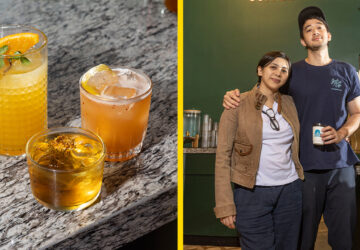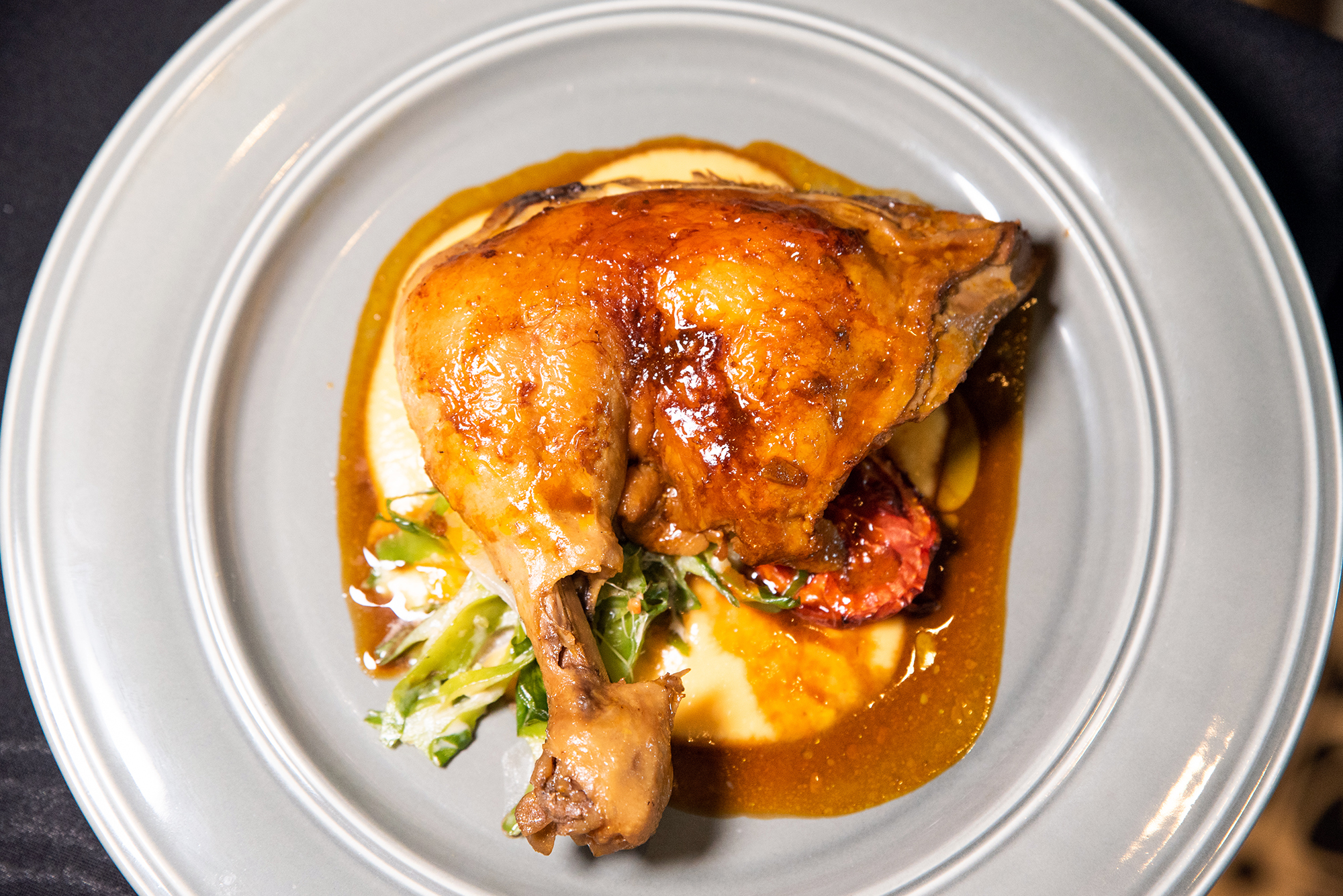The only way to go for Romulo Café’s Sandie Romulo-Squillantini and husband Enzo is to stay true to their roots. That is, a strategy founded on the rich heritage of the restaurant’s origins but one that also equally embraces new narratives.
Throughout the newly expanded menu, which fully rolls out in July, there is still tradition—only this time, the seven dishes offer appreciative nods to new inspirations, courtesy of executive chef A1 Rebueno, to usher in a culinary spirit that’s adventurous and convincing without dropping the pace Romulo Café has created since October 2009.
“I would say 90 percent of our menu is composed of my lola’s recipes but we’re injecting new ones in order to keep up with the times,” says Sandie, who is the granddaughter of former Secretary of Foreign Affairs and UN General Assembly President Carlos P. Romulo.
With the addition of Rebueno to the team two years ago, the restaurant has undergone several menu updates but this latest one feels more like a creative homage to Romulo Café’s storied past and signals the decorated yet unpretentious direction the restaurant is about to take down the road. It isn’t a departure by any stretch but it also isn’t just a haphazardly pasted fantasy project.
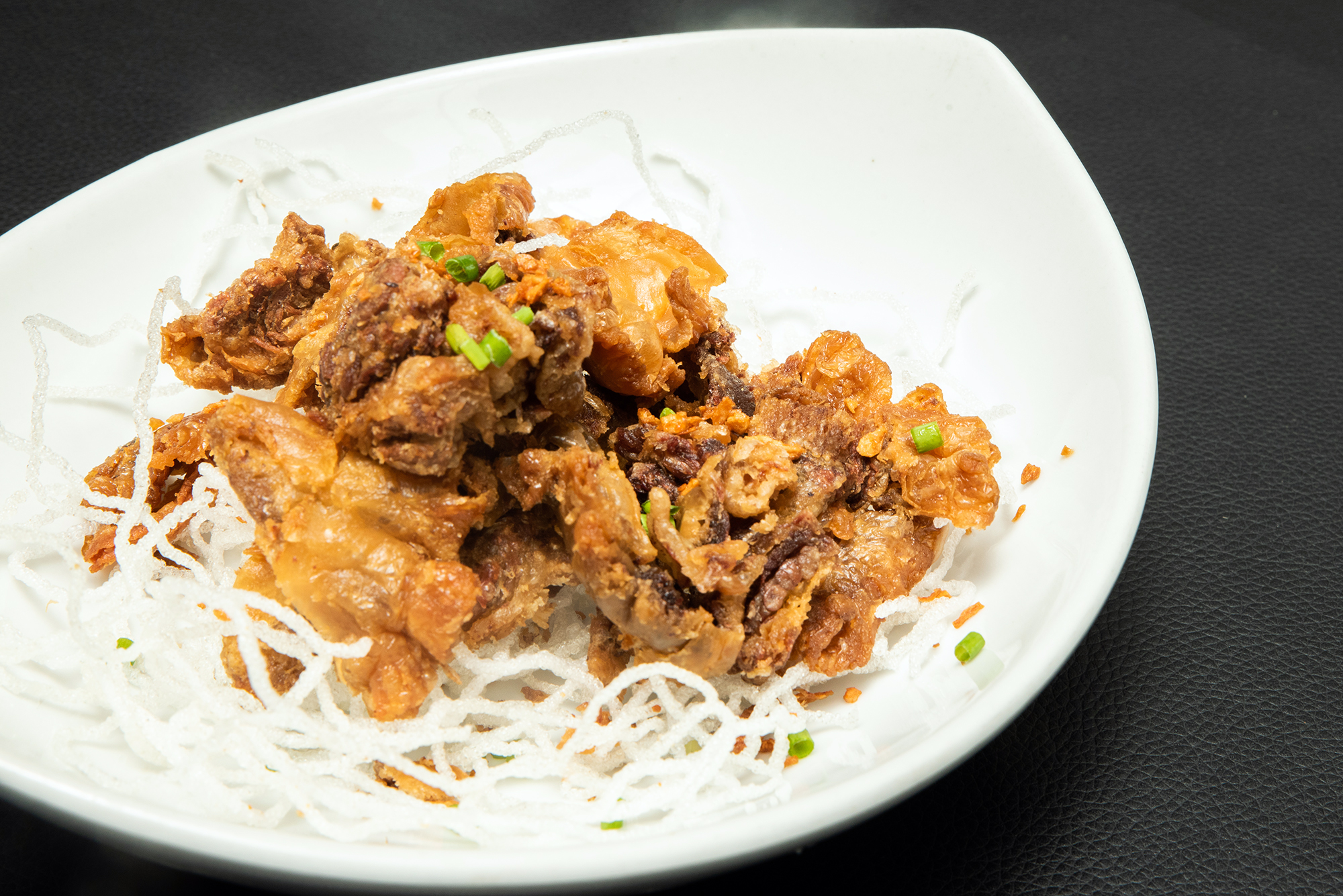

Menu upgrades are constants in restaurants and it would seem counterintuitive even for heritage brands to neglect a forward-thinking mentality. Not doing so would run the risk of boring or, worse, alienating the market. Sandie and Enzo themselves are under no illusions that it is a necessary opportunity to strengthen their relationship with the people they serve despite the fact that they are in a position to basically do anything and likely reap success.
But when they started the collaboration with Rebueno, a democratic process that involved a lot of back-and-forth and R&D sessions according to Enzo, there was one golden rule that would guide the refresh: Keep it authentic.
“We don’t want to do any fusion,” says Sandie. “We want the authentic flavors of the dish. The style can change like A1’s adobong pula. It’s confit-style so it looks nicer on the plate but the flavor is still authentic.”
Menu upgrades are constants in restaurants and it would seem counterintuitive even for heritage brands to neglect a forward-thinking mentality. Not doing so would run the risk of boring or alienating the market.
This thinking coincided with Rebueno’s beliefs as well, citing an example back in the days when a bizarre bout of fusion resulted in dishes like ravioli laing that, while well intended to offer new frontiers for Filipino food, can polarize local palates.
“There are times when we modernize Filipino cuisine, it gets lost in translation,” says Rebueno. “So when I do things, even though they’re modern or the techniques are different, I make sure that the Filipino flavors still shine through. When you say ‘Filipino cuisine’ Filipinos tend to be traditional with the flavors. Na-tweak lang ng konti ‘yung recipe mo they would say ‘That’s not the traditional way or flavor of an adobo or a sinigang.’”
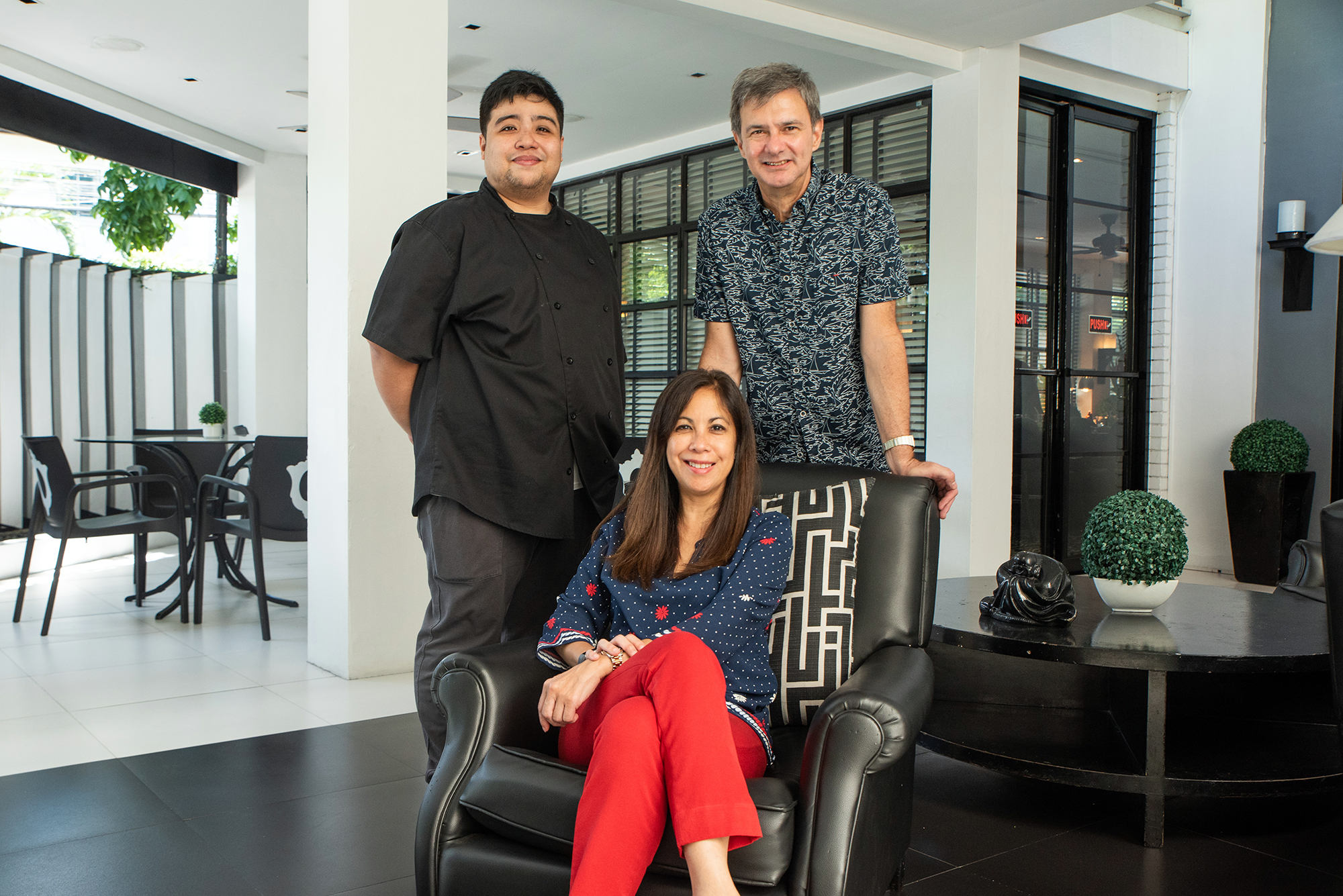
Closer to home, Enzo explains: “If you present to them crispy pata in a different way, would they accept it?”
“Before, our crispy pata never had the pata because it was boneless so we would serve it nicer,” says Sandie. “[Then] everybody was looking for the bone so we had to put the bone back in! There’s no meat but it’s there because that’s basically what they want. Things like that sometimes they don’t accept.”
So for the Squillantinis and Rebueno, the adobong pula confit, arguably the center of gravity on the new menu, is a chance to open the doors to a new demographic while renewing their commitment to flavor authenticity and being sensitive to the purist preferences of some diners.
“There are times when we modernize Filipino cuisine, it gets lost in translation,” says A1 Rebueno. “So when I do things, even though they’re modern or the techniques are different, I make sure that the Filipino flavors still shine through.”
“The dish, which took two to three attempts to perfect, is actually an homage to Batangas. Traditionally, Batangueño adobo has tomatoes and achuete so I played with that concept and instead of stewing it, I gave it a French touch, submerging it in olive oil, achuete, and garlic and then cooking it for four hours,” says Rebueno who learned a great deal about French cooking techniques from chef Cyrille Soenen.
But the rest of the revitalized lineup display stronger nods to tradition. The sizzling sinigang na bulalo steak is Rebueno’s take on the standard sizzling fare prevalent in Filipino restaurants and while he used a fatty cut of beef, he rips through the richness with the tamarind’s acidity.
The roughly two-kilo Cochinillo de Cebu harks back to Spanish-style lechon but beautifully rendered with garlic and tanglad and, instead of the usual lechon sauce, is paired with spiced vinegar.
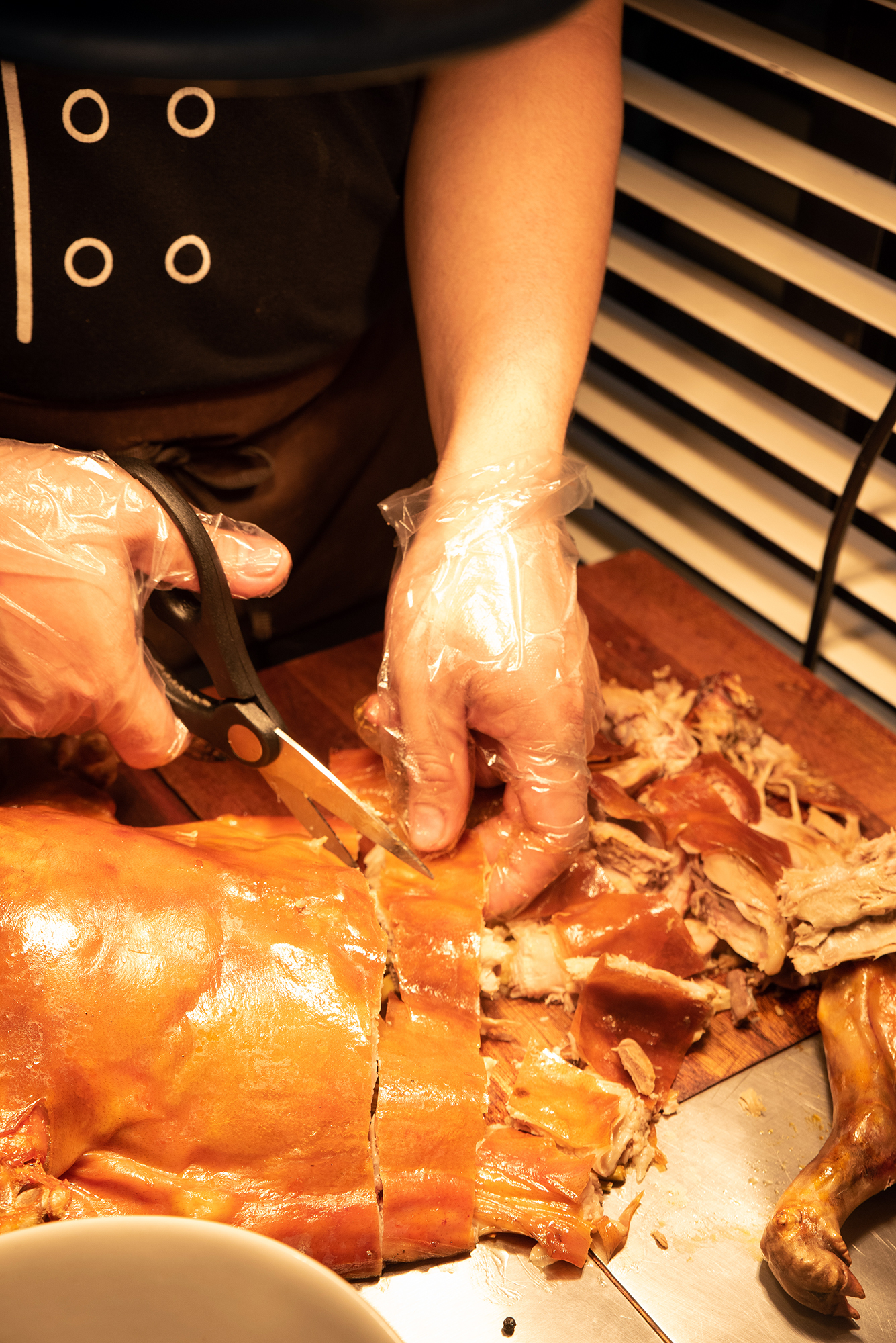
The most traditional fares—grilled boneless bangus, chicharon bulaklak, and ginataang langka—are satisfyingly strong in their simplicity and in the same tenets that have made them definitive diamonds in Filipino cuisine: smoky flavors, crispiness, and a creaminess that twine around the palate. But the lone sweet course in the repertoire and hailed as one of the best desserts on Inquirer Lifestyle’s Best Desserts 2019 edition, the pandesal and leche flan pudding, is an interesting take on the flexibility and adaptability of Rebueno.
“Instead of just dipping day-old pandesal in coffee, I thought it would be fun to repurpose the bread into a dessert. Then I added another Filipino element, the leche flan,”
Throughout the 10 years since Romulo Café has joined the fray both in Manila and London, the Squillantinis have worked hard to improve the image of Filipino cuisine—literally and metaphorically. “I think what Filipino food ‘suffers’ from is how it’s presented but the flavors are there,” says Enzo.
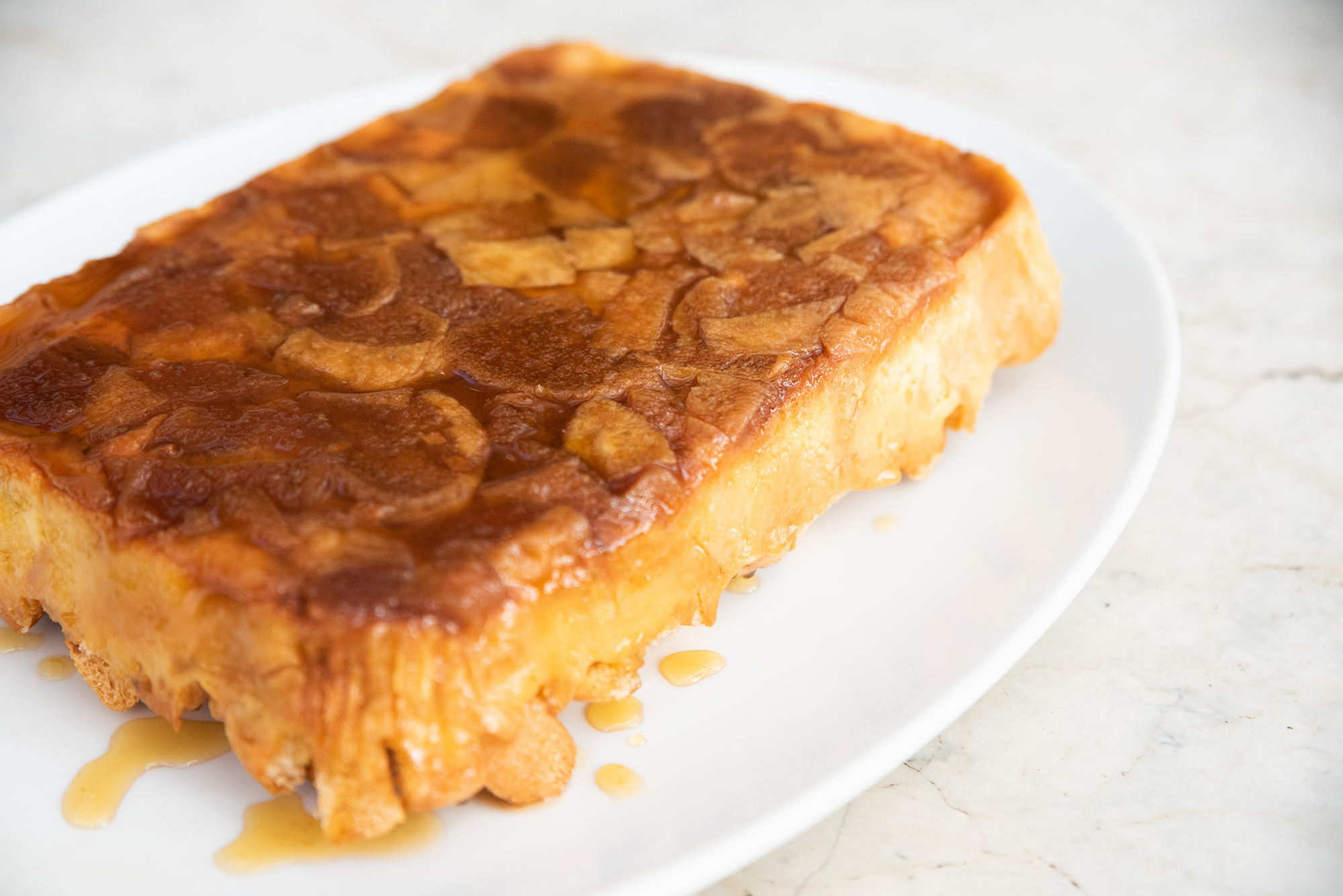
“We’ve concentrated a lot on trying to make our food look more presentable,” echoes Sandie about their evolution. “If you look at Filipino food, it’s always the same. It’s always been that challenge of how to present it.”
But given what they’ve presented and touched on heavily in its latest menu upgrade, Romulo Café’s strength, and perhaps Filipino food in general, is in never venturing too far from what it knows. It’s a message that, the turning point really lies in the way people should see and taste Filipino food—a cuisine that grapples with all its color idiosyncrasies but still planted firmly in the center of its numerous narratives.


